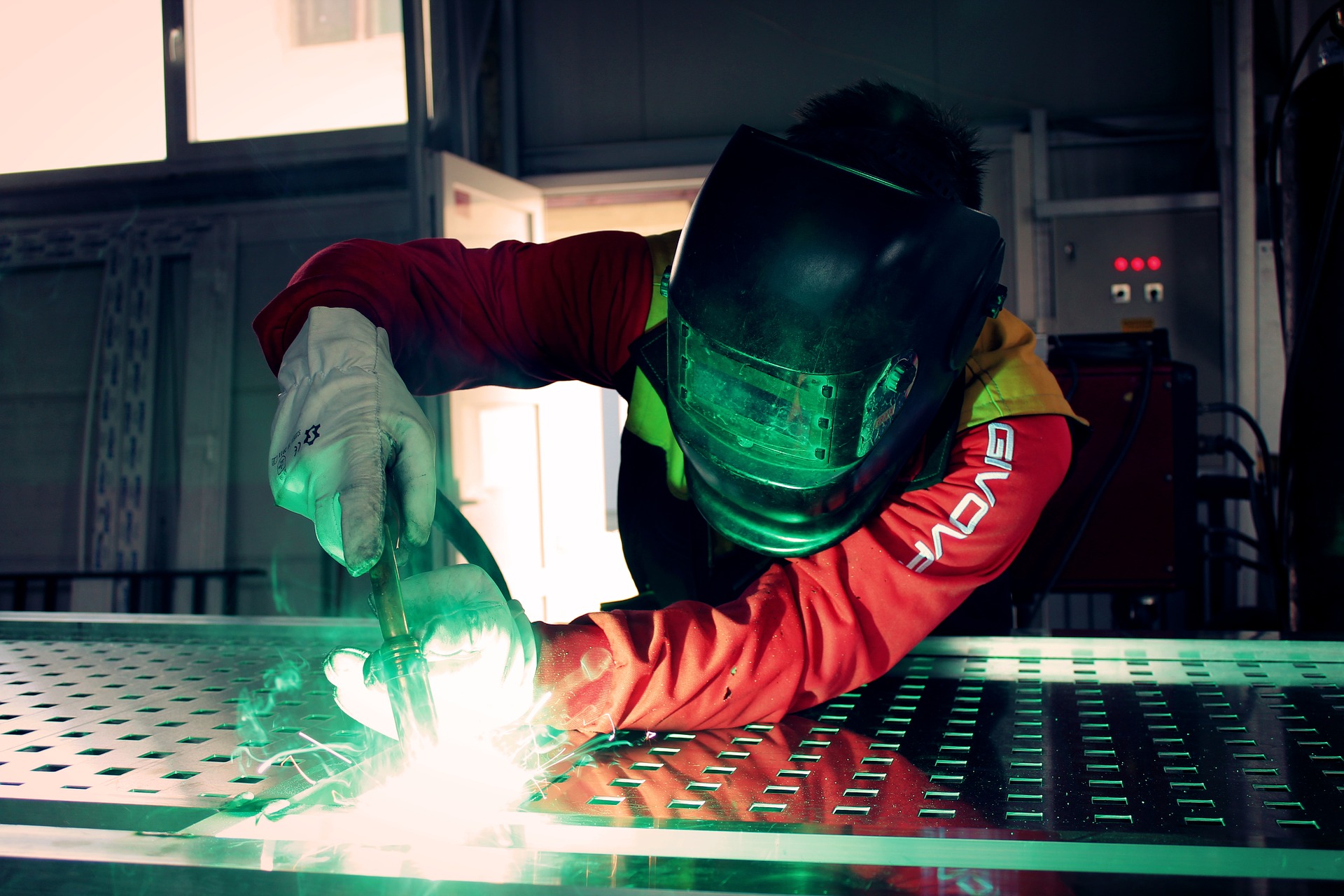
There are several reasons for the welding operator shortage, but most of them fall under two categories — difficulty replacing retirees and negative perceptions surrounding the career.
Many careers have workforces with a large older population, and welding is no exception. This older workforce means that as baby boomers retire, there aren’t enough younger employees to fill their spots. Some of the negative effects include a labor pool that isn’t as skilled as well as a reduced ability to compete for jobs.
The other issue that’s prevalent in the welding industry is strong negative perceptions about the job. Many young people lose interest in the career path because they think that it:
Changing these misconceptions is an important part of addressing the welder shortage.
The welding industry must take steps to address these challenges and help increase interest in the field. Welding is an essential function across many industries, including aerospace, construction, military, automotive and many more. This provides an opportunity for virtually every industry, from the military to the private sector, to join in on the effort to reeducate the public and revive the dwindling profession of welding.
One popular strategy is to automate more of the job so fewer workers are required in the first place. Equipment like advanced welding arcs helps bridge the gap between the number of employees and the work that needs to be done, but it still requires operators. Plus, it won’t replace the valuable performance of skilled laborers.
Even when robots eventually have the artificial intelligence to perform skilled labor, a trained welder will still need to be onsite in the event of equipment failure and production downtime to complete the job. Automation can, however, make some jobs easier or faster, so there’s less training necessary or the worker can be freed up quicker for the next project.
In addition, the industry should work to address the misconceptions that exist about welding and take steps to grow the workforce. Investing in education and robust training methods can help recruit more young people into the business and ensure that their training is effective. One of the most effective methods is to implement technical education courses at the high school level, so students can become immersed in the topic and decide whether it’s the correct vocational path for them. The next step is to provide teenagers with access to affordable and high-quality post high school welding training programs, so they can achieve their career goals without significant obstacles that would limit entry to the field.
Many new technologies, like augmented reality simulations, can even make training much faster and help get students into the business more quickly. This is useful both to companies looking to meet tight deadlines and students who want to finish training as quickly as possible and start making money. Education is also important in making sure students can jump into the job with new technology and know how to use it.